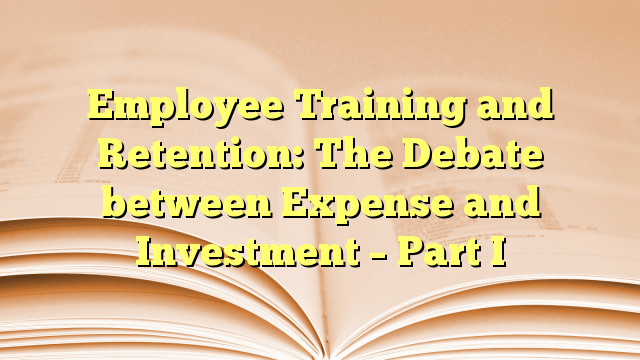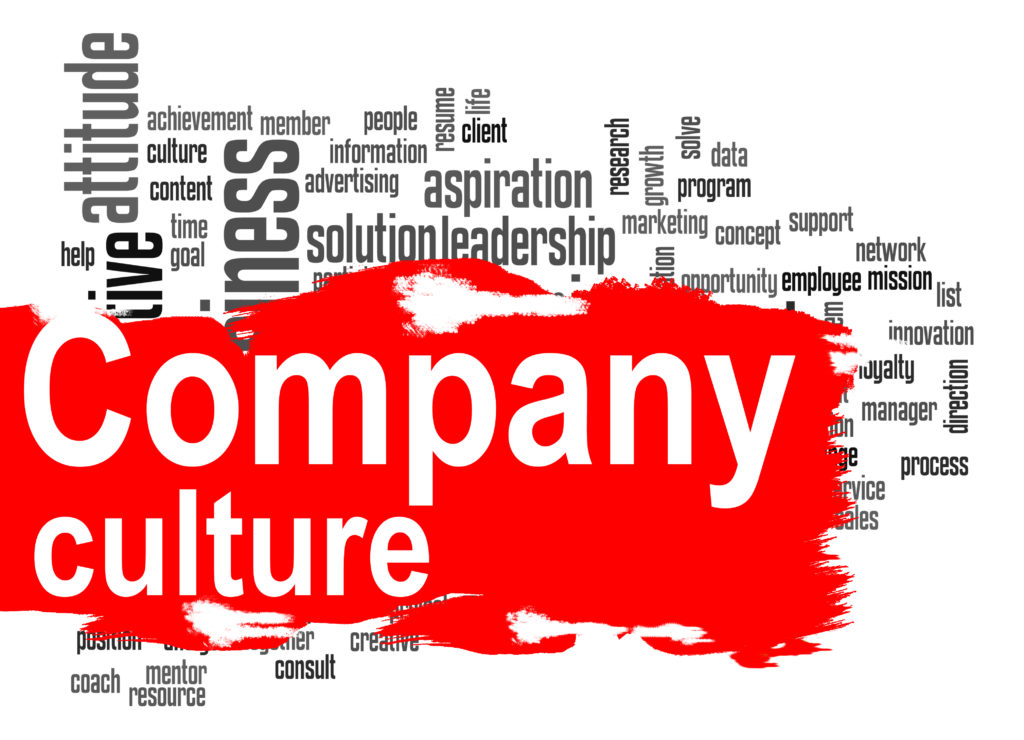Most employers have some form of training implemented for their new employees and some even have programs designed for ongoing employee development. If asked, many employers, if not all, will say that training and employee development is important. But when truly evaluated, many employers do not provide adequate training or employee development to realize the advantages of proper training.
The disconnect lies in the fact that training and employee development comes at a price -financial resources, human resources and time. Employers view training as a cost or expense rather than an investment. They are hesitant, and some even resistant, to spend too many resources on an employee that may take that training elsewhere.
But, in fact, research has shown that proper training and employee development will increase employee productivity, job satisfaction and instill a higher commitment to the job among other things. This commitment to the job by the employee actually reduces employee turnover.
Investment – Not Expense
Therefore, employers need to view training and employee development as an investment in their employees which benefits both employee and employer rather than just an expense to reduce. Employers could also view this investment in training and employee development as an avenue to reduce employee turnover, in addition to, higher employee performance which benefits the organization as a whole.
Training and employee development takes many forms. There is no one training program that will fit every employee or organization. Each organization will need to determine its needs, the needs of its employees and how to address those needs in the most efficient and effective way. Some of the various components of employee training and development can include: new hire orientation, job specific training, mentoring/coaching, in-service training, continuing education, and seminars/conferences.
Orientation Alone is Not Enough
No one component itself will constitute a complete training and development program, but a combination of these components will address the various needs of both the employee and organization. For example, most organizations will have some sort of new hire orientation. And while this is a key component to any training and development program, it has its limitations as a stand-alone program.
A study published in 2008 states that while employee orientation is a necessary first step and that orientations “successfully conveyed the organization’s message on quality management initiatives and employees learned a great deal about quality management practices within the organization. The issue, however, is that transfer of learning did not take place at the desired levels after the employees returned back to their work stations.” (Akdere and Schmidt) The key to an effective program will be ongoing, continuous development using a combination of training and development components.
We featured this excerpt from a research paper that Kim Jimenez had written on employee training and how it relates to employee engagement/retention. The second part of this report will be in our next post. Employee turnover is a real cash expense that effects your business in many ways. MDS can help in employee orientation and training in order to help create and retain the best staff possible.
Roy Barker is Director of Special Projects at Moore Diversified Services, a Fort-Worth, Texas-based organization specializing in operations analysis, marketing development, and investment advisory services. Roy is an authority in the field of employee turnover analysis and retention strategies.
Reference:
Akdere, Mesut and Steven W. Schmidt. “Employee Perceptions of Quality Management: Effects of Employee Orientation Training.” 2008. The Education Resources Information Center (ERIC). Web. September 2014.












